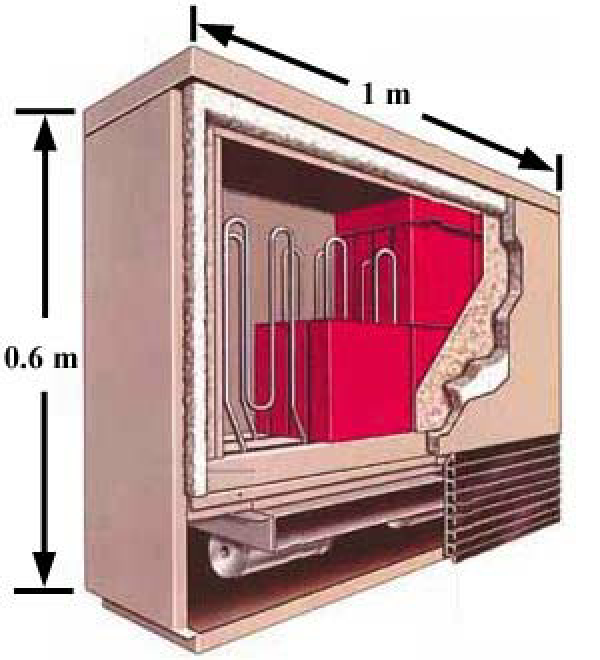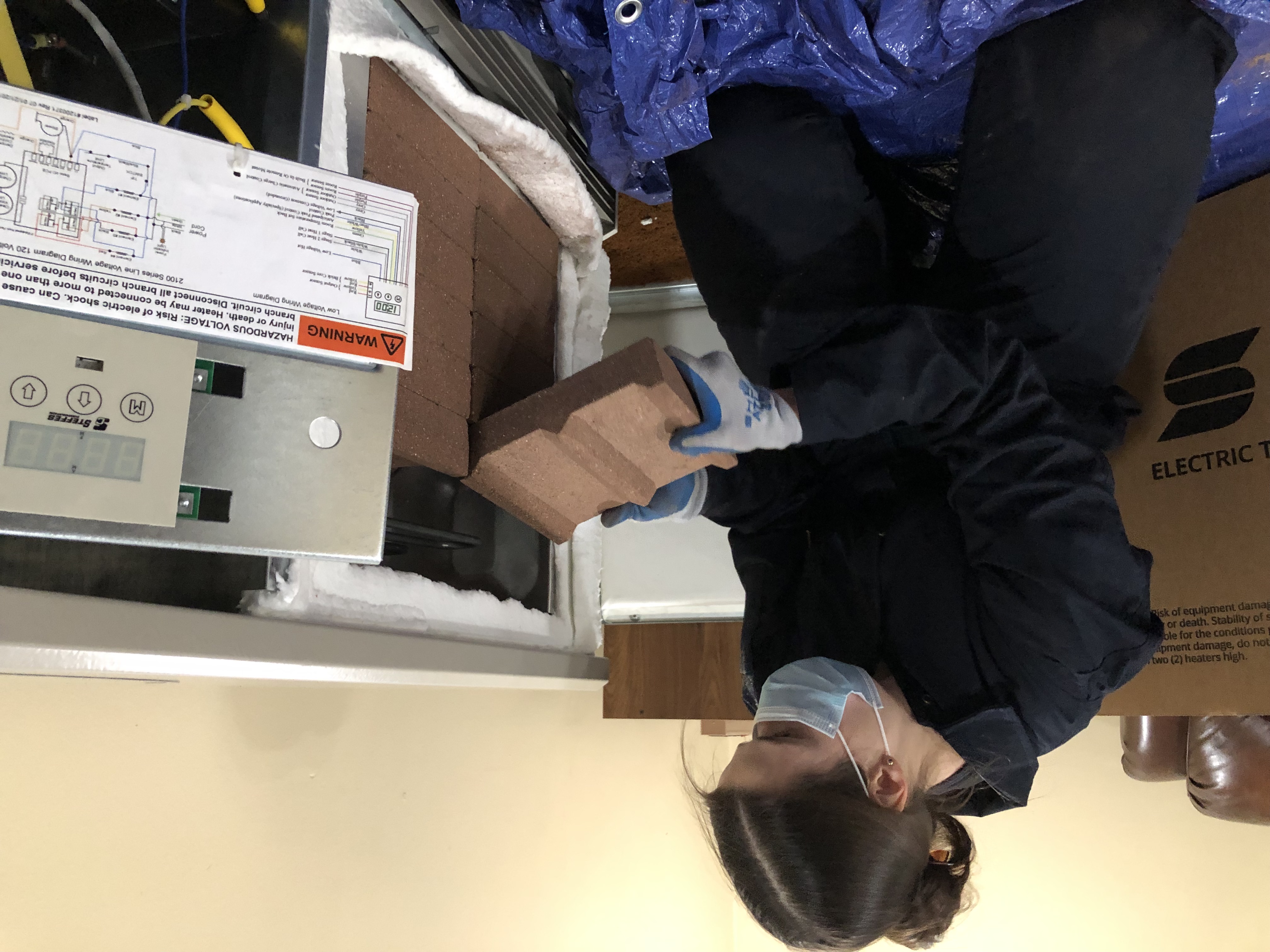🇺🇸 Using electric thermal storage heaters to displace wood burning for space heating
Press release from the Alaska Center for Energy and Power
Researchers at the Alaska Center for Energy and Power are installing electric thermal storage heaters, or ETSHs, in the homes of Fairbanks North Star Borough study participants that are currently heated with both wood and heating fuel oil.

An ETSH is a supplementary heat source, consisting of electric resistance heating coils that heat high density ceramic bricks. The bricks are enclosed in an insulated box. As the bricks heat up, they store heat. Fans blow air across the hot bricks, and the heated air is then blown into the living space.
Residential wood burning is the largest source of PM2.5 –– particulate matter with a size less than or equal to 2.5 microns –– in the borough.
Baseline data on PM2.5 levels were collected last year in a treatment neighborhood and a control neighborhood. Data on PM2.5 levels will continue to be collected in both neighborhoods after installing ETSHs in 10 homes in the treatment neighborhood to determine their impact on PM2.5 levels.
The study participants will be partially reimbursed for the electricity used by the ETSHs to make heating with electricity more cost competitive with burning wood for space heating.

“The overarching goal of the study is to determine whether the use of ETSHs could help reduce PM2.5 levels enough to bring the borough into compliance with air quality standards while also reducing home heating costs,” explained Dominique Pride, who is leading the study.
ETSHs are currently used in several Western Alaska communities, including Kongiganak. When there is excess wind energy available, instead of curtailing their wind turbines and wasting the energy, the electric utility sends that electricity to ETSHs installed in homes and charges a reduced rate for the electricity.
This study is funded by the National Science Foundation.
Originally published on 3 November by the Alaska Center for Energy and Power.
Announcements are published as a service to readers. The sender is responsible for all content.
Announcements for publication can be submitted to [email protected].